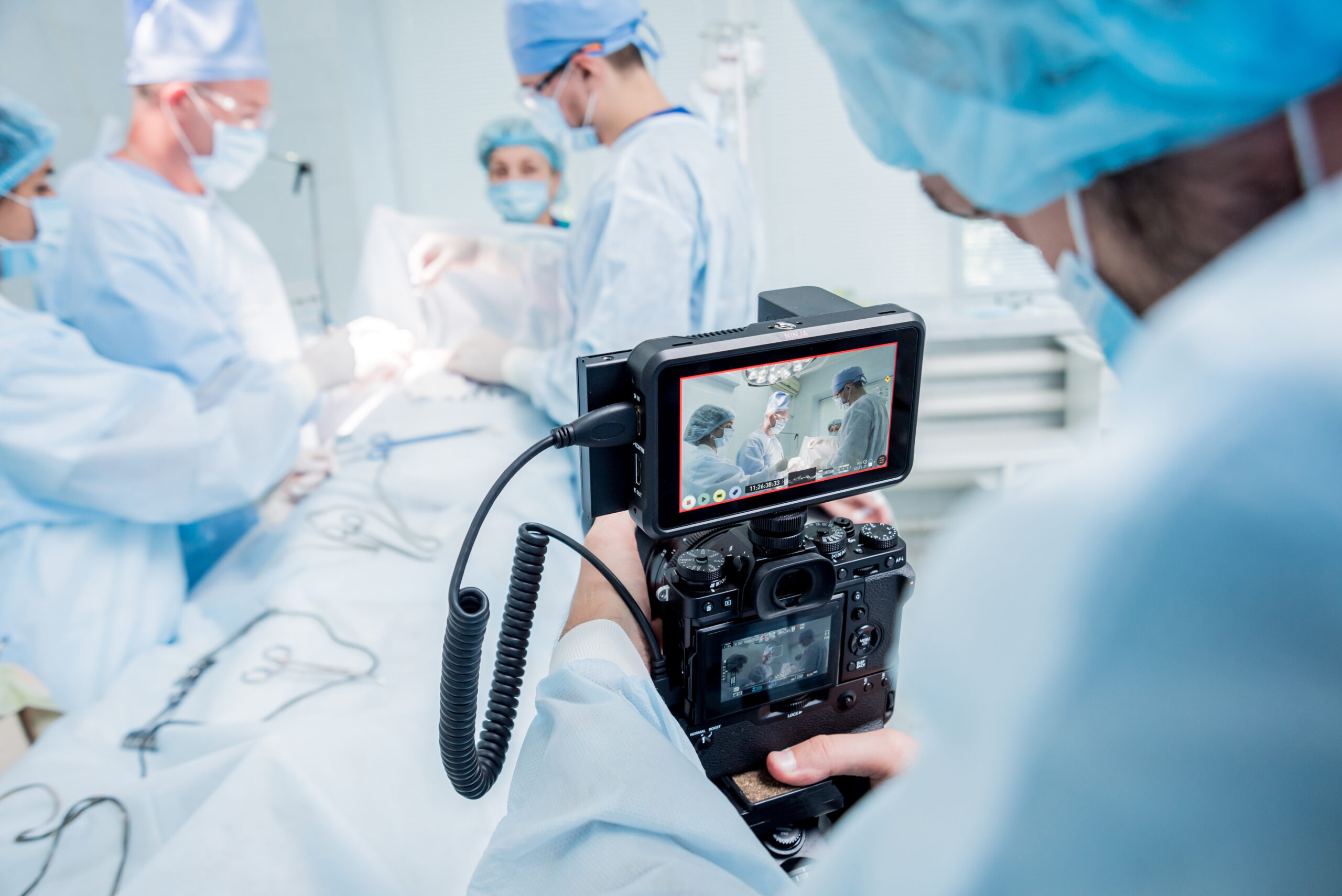Long before I ever considered becoming a nurse, I was drawn to photography. I picked up a camera as a teenager, mostly to capture the places I traveled with my family and the way the light hit the lake near our home in North Jersey. I didn’t think of it as anything more than a hobby. It was just something that helped me slow down and notice the world a little more carefully.
Now, years later, as a new nurse working in a fast-paced clinical environment, I’ve come to realize that photography gave me a way of seeing that deeply shapes how I approach patient care. The act of taking a photo—framing a subject, focusing with intention, waiting for just the right moment—taught me to notice details, listen more closely, and connect more deeply. My camera trained me to be a better nurse, even when it’s nowhere near my hands.
Seeing More Than What’s on the Surface
Photography forces you to look twice. You have to train your eyes to catch what others might overlook—the subtle change in expression, the quiet contrast of light and shadow, the story happening in the background. In nursing, those same instincts kick in when I’m assessing a patient. I notice small changes in posture, hesitation in speech, a flicker of discomfort in their eyes. These are things that might not make it into the chart but matter just as much in understanding what a patient is going through.
In a clinical setting, especially when time is tight, it’s easy to slip into a task-oriented mindset—check vitals, administer meds, chart. But photography taught me to pause, to really look at what’s in front of me. That pause can be the difference between catching something early or missing it entirely.
Finding the Story in Every Room
Every photo tells a story. That’s what drew me to photography in the first place—the way a single image could hold emotion, tension, joy, or quiet dignity. I think the same is true of nursing. Every patient has a story, even if they’re not in a place to tell it. Part of our job as nurses is to recognize that, to treat patients not as diagnoses or room numbers, but as full human beings with histories, fears, and hopes.
When I walk into a patient’s room, I try to approach it the way I would approach a new subject with my camera: with curiosity, respect, and a willingness to learn. I don’t assume I already know what’s going on– the chart can only tell you so much. I ask questions. I listen. And I try to understand their story, even if I only have a short time with them. That mindset changes the way I interact with people. It reminds me that care is more than clinical—it’s personal.
Light, Shadow, and Perspective
Photography also taught me about light—not just how it shapes an image, but how it affects mood, presence, and perception. In nursing, “light” shows up in the way we hold space for someone in pain or bring calm to a stressful moment. It’s in our tone of voice, our body language, even our silences. I’ve come to think of my role as a nurse not only as someone who performs tasks, but someone who brings light into difficult situations.
Of course, photography isn’t always about light. It’s also about shadow. There’s power in acknowledging the darker parts of the image, the messy or painful or quiet parts. I’ve cared for patients and families in those moments too—at night, in grief, in fear, or confusion. Being comfortable with those “shadows” allows me to be present without trying to rush in with easy fixes. Sometimes, the best thing I can do is sit with someone in their pain, just as I’ve learned to sit with a complex image and let it speak for itself.
The Patient as a Person
Photography humanizes its subjects. Even when I was shooting strangers or candid street scenes, I always felt a sense of connection. That person had a life, a backstory, a whole existence outside of the frame I captured. In nursing, especially in high-volume settings, it’s easy to fall into thinking of people in terms of their conditions or care plans. But that’s never the whole picture.
Whenever I feel myself slipping into that kind of detachment, I try to bring my photographer’s eye back into focus. I ask myself, “What am I not seeing? What’s just outside the frame?” That simple shift reminds me to approach each patient with humility and care.
Keeping Perspective
Ironically, when I’m feeling overwhelmed as a nurse, I turn back to photography. I still carry my camera on days off. It helps me recharge, regain perspective, and remember why I do what I do. Photography slows me down, re-centers me, and reminds me that there’s beauty and meaning in the quiet moments—just like there is in nursing.
So much of our work as nurses is about being present. Photography helped me build that muscle: to see fully, to stay curious, and to find meaning in everyday scenes. I didn’t expect the connection when I first started nursing, but now I see it everywhere.
Through a camera or a stethoscope, I’m still looking closely—trying to understand, trying to connect, and trying to tell the truth of what I see.
